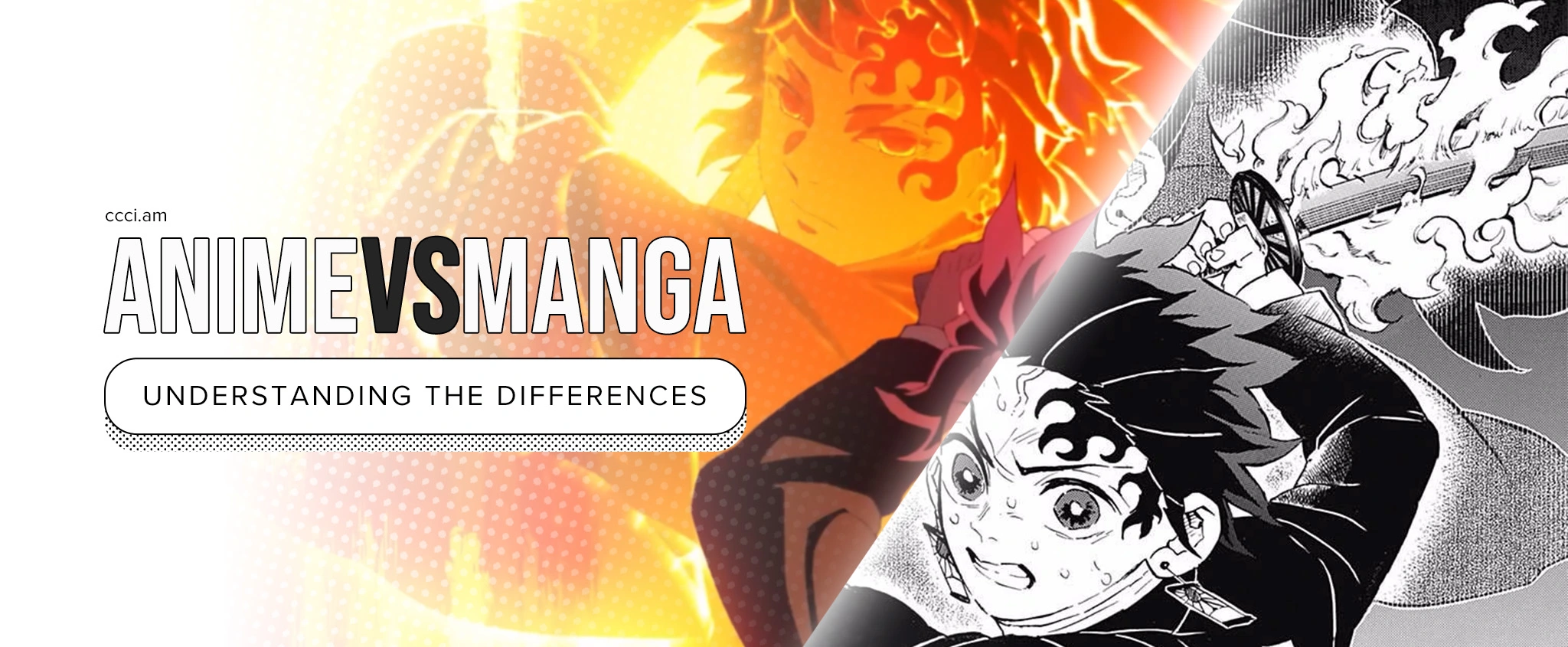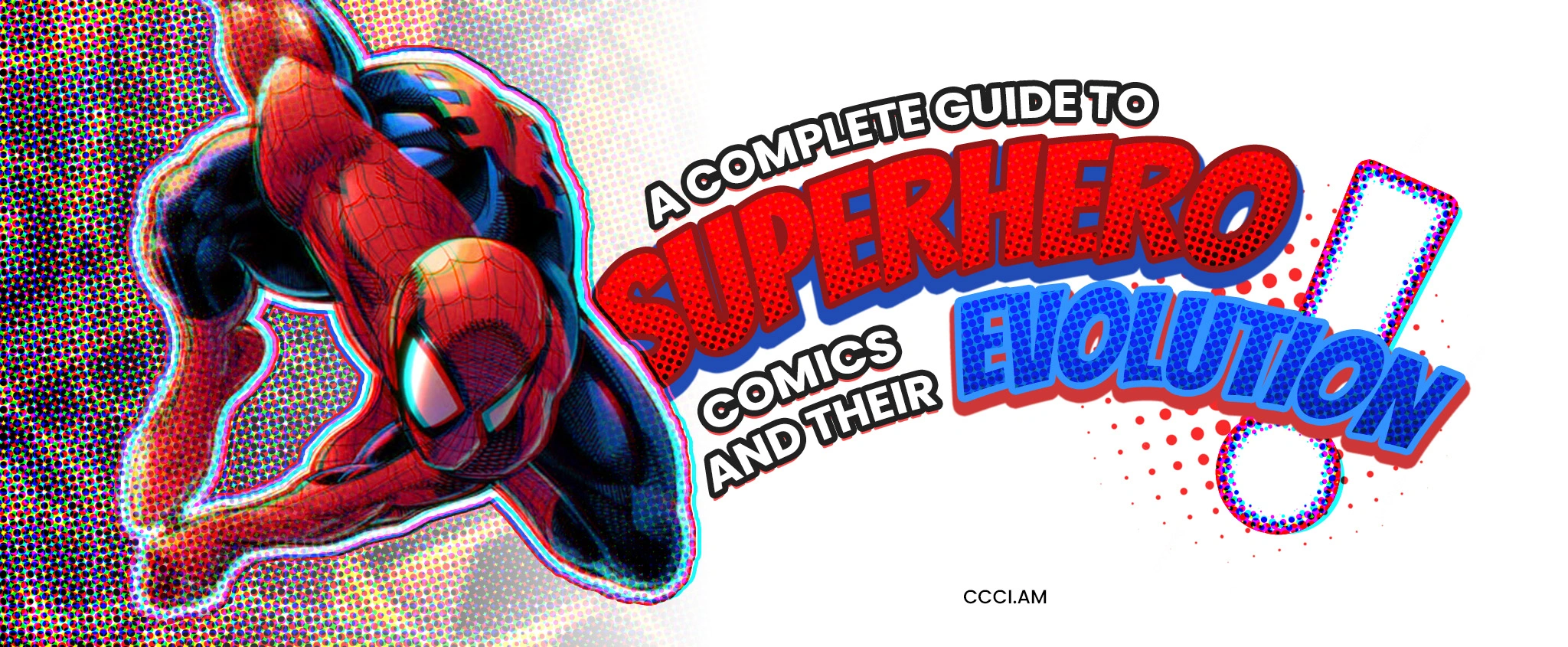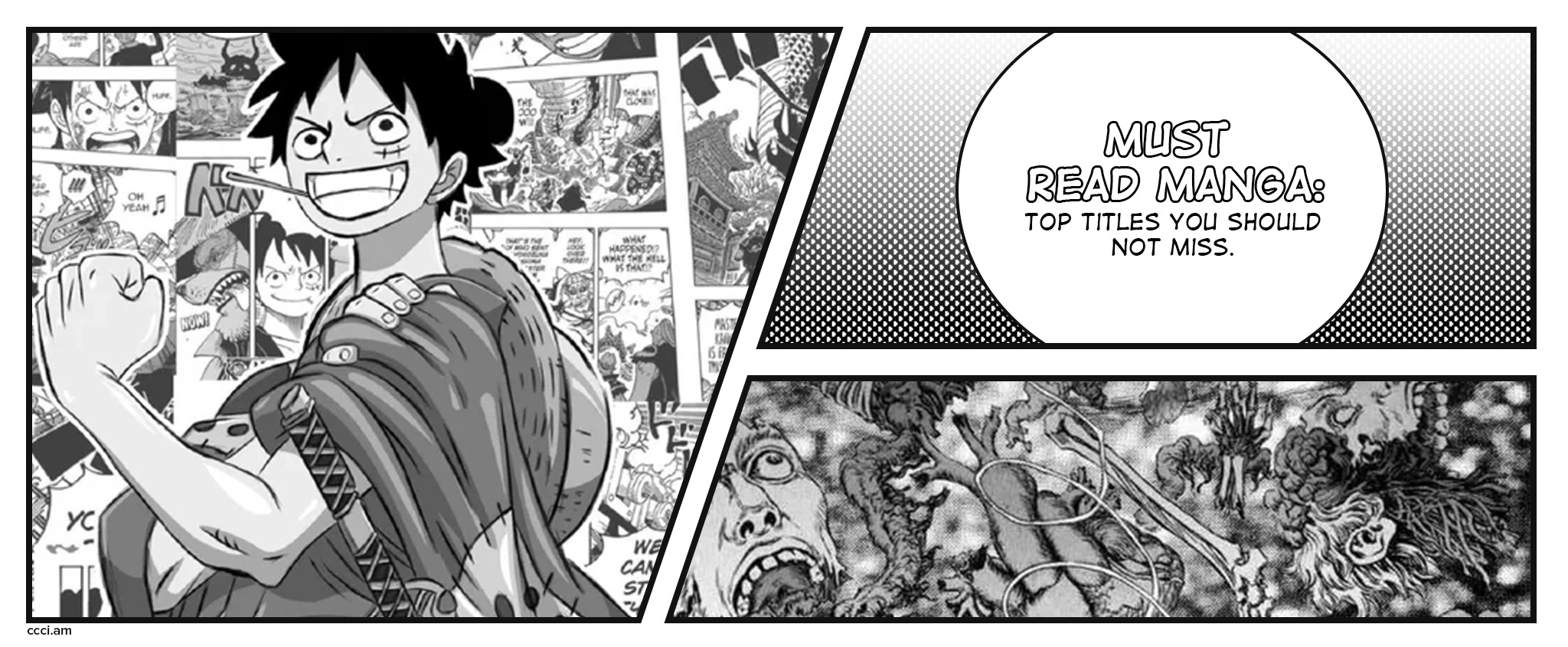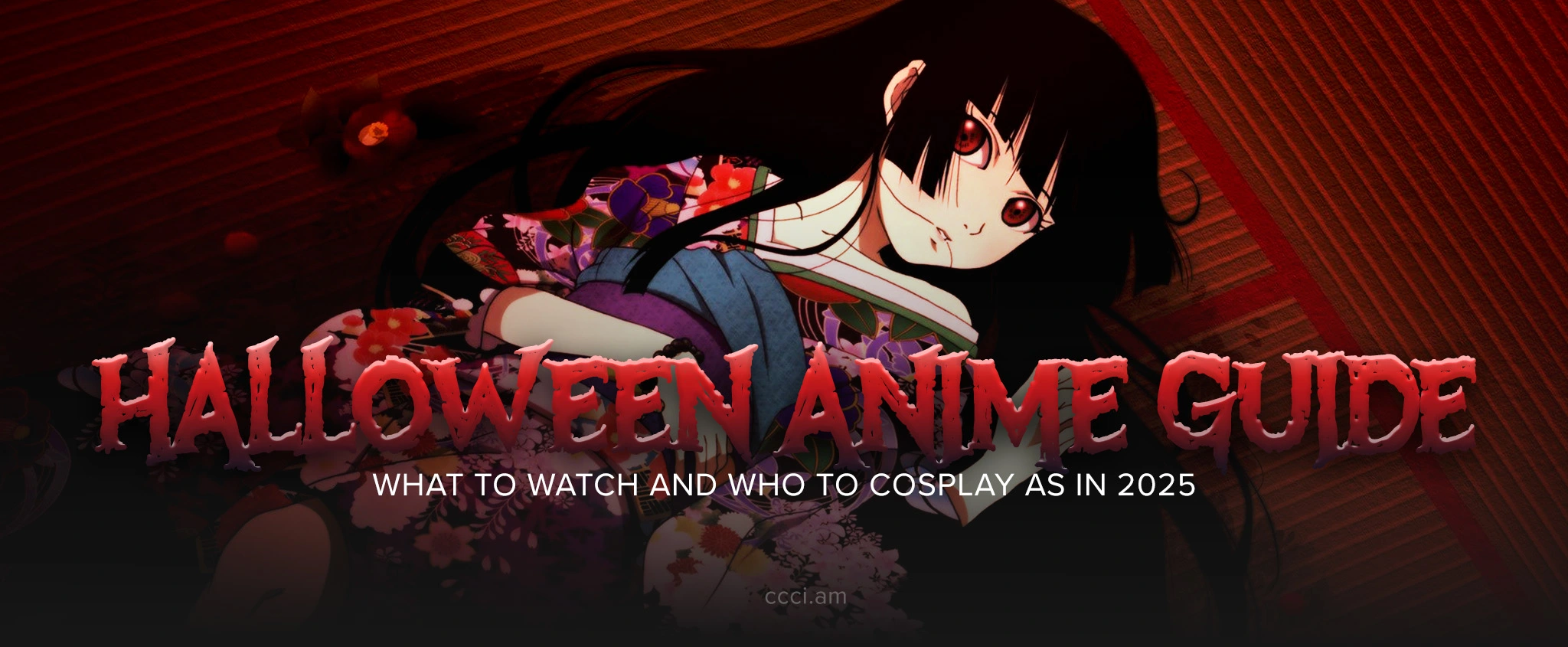Anime vs Manga: Understanding the Differences
Key Takeaways
This blog helps understand the difference between manga and anime. It defines how these two media influence each other and evolve worldwide. When you learn about manga vs anime, you will get to know key insights about the manga and anime production and fan culture that cross borders.
Table of Contents
- What is Manga and Anime?
- The Main Difference Between Manga and Anime
- How Manga Inspires Anime Adaptations
- Cultural Impact: How Stories Cross Borders
- Manga vs Anime: Which Comes First?
- PRO TIPS for Creators and Fans
- Notes
- Bottom Line
- FAQ
What is Manga and Anime?
Before you dive deeper into the manga vs anime debate, it is crucial to understand some of the most important aspects of each and their meaning.
Manga is the Japanese version of illustrated storytelling, which is made up of comic books that you often see published in black and white. These stories usually occur chapter by chapter in different magazines before being collected and piled up in complete volumes. With its detailed art, manga gives readers full control over how fast or slow they experience the story.
Anime, by contrast, takes those stories off the page and onto the screen. It is a Japanese animation created as a television series or films where visuals, music, and voice acting combine to build emotion and movement. Whether digitally produced or drawn by hand, anime captures vitality in a way manga can only imply.
Now, what is manga anime precisely?
Though both share Japanese essences and often relate similar stories, their innovative processes and audience experiences are altogether dissimilar. Some fans pick the inspirational assertiveness of anime, while others enjoy the modest fiction that manga allows.
And if you have ever asked yourself, Is manga anime? The short answer is no. They are two sides of the identical storytelling culture. They are associated but typical in how they convey ideation.
The Main Difference Between Manga and Anime
The contrast between anime and manga predominantly comes down to the medium and the level of imaginative freedom behind each one.
Manga is a printed or digital comic that often portrays the notion of its creator. It allows deep storytelling and artistic individuality. Readers move through the panels at their own pace, interpreting sound, motion, and atmosphere through the art and dialogue on the page.
Teams of directors, animators, writers, voice actors, etc., work together to create motionless drawings and make them living characters. Because of the tremendous scale and production
costs, stories occasionally get trimmed in order to fit specific episode or film lengths.
How Manga Inspires Anime Adaptations
In most cases, manga comes before anime. Once a manga captures adequate attention and produces an emphatic fan base, studios often settle to adapt it.
Titles like Attack on Titan all started as manga and later became global anime hits. For such a long time, they were adored everywhere, and even today, they have a significant fan base. When studios adapt these stories, they adjust the pacing or alter storylines in order to fit production schedules.
There are also cases where the process works in reverse. Certain anime, such as Cowboy Bebop and Neon Genesis Evangelion, were created first. Over time, some anime found a new life as manga and offered fans more stories of their favorite characters.
This creative exchange highlights the anime and manga difference: manga usually lays the foundation, while anime expands the story through animation and sound.
Cultural Impact: How Stories Cross Borders
The anime vs manga phenomenon has evolved into a global cultural force. What started in Japan has reached nearly every corner of the world.
Fans across the US, UK, Europe, and Asia enjoy both anime and manga through various streaming platforms, international conventions, etc.. The persuasion of these stories extends far beyond the screen and the page. These stories encourage everything from art and cosplay to music and independent webcomics.
CCCI plays a notable role in helping creators and studios share their work. Through creative anime subtitling services and Manga and Comic Services, CCCI bridges cultural and language barriers and allows Japanese storytelling to connect with fans everywhere.
Getting to know manga vs anime helps fans enjoy both even more and gives creators the insight they need to craft stories that connect with people everywhere.
Manga vs Anime: Which Comes First?
When comparing manga or anime, there is no single rule for which comes first.
In most cases, manga leads the way because it is more affordable to create. Once a series boosts in popularity and a strong readership, studios often adapt it to bring the story to a broader audience.
However, some projects take the opposite route. Certain anime begin as original works, and their manga counterparts are released later to expand the universe.
If you are still asking, what is the difference between anime and manga, think of it this way: manga expresses imagination through still images and text, while anime turns that same vision into a vibrant world. Manga and anime open doors to unmatched imagination and storytelling that bind profoundly with fans.
Pro Tips
Creating a manga is a reasonable way, as it lets you shape characters and purify the storyline. When you partner with firms like CCCI, you will get the best artwork and professional guidance and will go far and wide with your manga.
Studios can maintain the spirit of the original work by staying faithful to the manga’s tone and emotional depth. While CCCI makes it easier to connect with international viewers. Fans can also enjoy the best of both worlds to gain a complete understanding of the story, and joining fan discussions adds even more insight into the creative choices behind each adaptation.
Notes
As a storyteller, manga and anime are not competitors. They are two sides of the same creative coin because I believe manga brings detailed artistry and emotional depth, while anime breathes life into those pages. And when they both work together, they capture the heart of Japanese creativity.
For indie creators and studios, exploring anime and manga formats is an excellent way to realize the art of storytelling. When it comes to professional support, there is no other visionary partner better than CCCI for production and global distribution.
Bottom Line
Manga and anime tell stories in different ways but share the same creative soul. Manga sparks imagination through art and words, while anime adds color and motion to make it come alive.
CCCI helps creators and studios share their stories worldwide through expert Manga and Comic Services and anime subtitling because great stories deserve global audiences, and CCCI helps make that happen!
Contact us and get started.
FAQs
How is manga different from anime?
Manga is a comic or graphic novel, while anime is its animated version with visuals and sound.
Do Japanese prefer manga or anime?
Preferences vary because many adults read manga, while younger audiences lean toward anime.
Is it better to watch anime or manga?
It depends on your preference. Manga offers deep storytelling; anime enhances it with animation and music.
Is manga good for your brain?
Yes. It is quite great for your brain activity as it boosts creativity and increases focus. Manga also helps in visual literacy.
Which anime has the highest IQ?
Death Note is widely considered one of the smartest anime because of its psychological and strategic storytelling.






